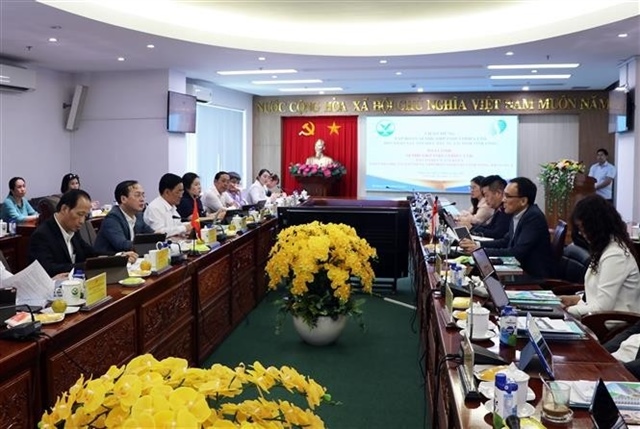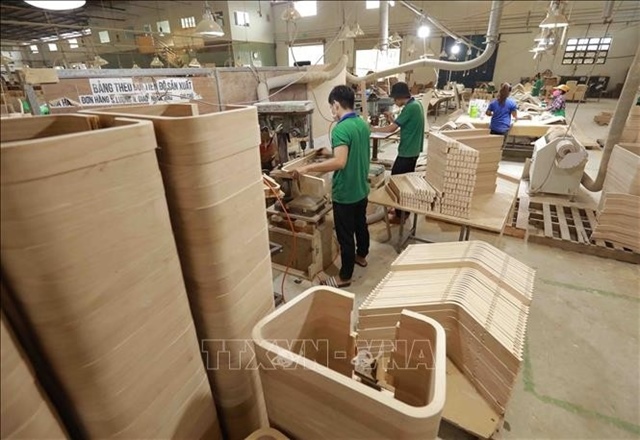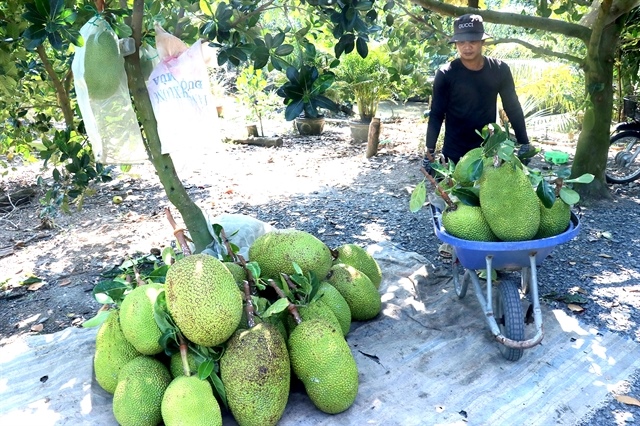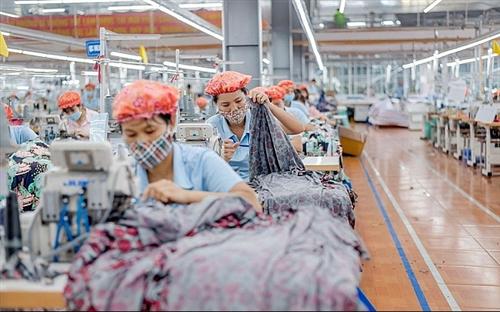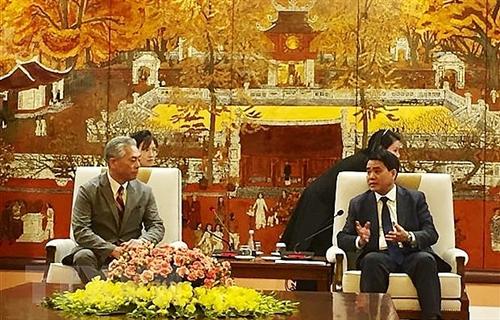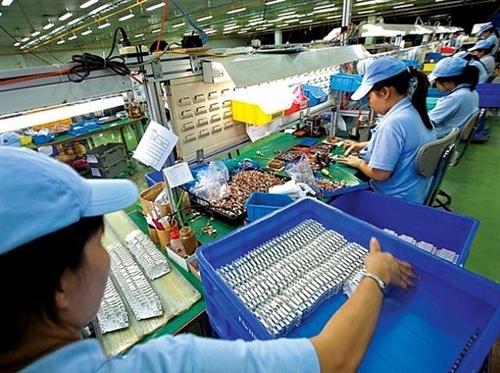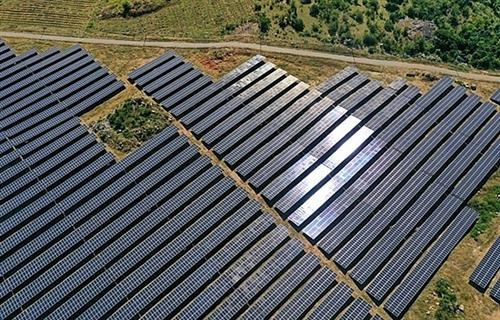EVFTA a boon for the wood industry
EVFTA a boon for the wood industry
The EU-Vietnam Free Trade Agreement (EVFTA) is anticipated to usher in big opportunities for the local wood processing sector, with Vietnam’s wood export value to the EU possibly touching $1 billion in the first year after the deal takes effect.

Local firms can take advantage of high-quality timber sourced from the EU after the EVFTA takes effect
|
Nguyen Chanh Phuong, deputy chairman cum general secretary of the Handicraft and Wood Industry Association of Ho Chi Minh City (HAWA), estimated that Vietnam could rake in $1 billion in export value of wood products to the EU right in the first year of the EVFTA's enforcement.
Before the deal got the thumbs-up from the European Parliament, two years ago, several Western Eropean countries approved zero per cent export duties for wood products exported from Vietnam, providing Most-Favoured Nation (MFN) treatment to Vietnam.
As negotiated, after the EVFTA comes into force, about 83 per cent of tax lines on wood products will be cut from 6 to 0 per cent right after the deal comes into force, and the remaining 17 per cent will fall to zero per cent after five years of enforcement.
A HAWA representative said that in the short term, Vietnam’s wood processing industry would not benefit much from tariff cuts, and the cuts are not larger than those of Vietnam’s key export items to the EU, such as textile and clothing, footwear, and agricultural products.
| In the long-term, with EVFTA having large spillover effects on other commodities, the wood industry will become indirectly beneficial. |
In the long-term, with the EVFTA having large spillover effects on other commodities, the wood industry will become indirectly beneficial.
Particularly, under the EVFTA, local businesses can take advantage of the production technology, management expertise, as well as cutting-edge machinery and equipment of EU countries.
“In the past, these machinery and equipment items often incurred 20-30 per cent tariffs. The EVFTA coming into force will help lower prices, even provide exemptions or deferred payments,” said HAWA representative.
Simultaneously, the EU-Vietnam Investment Protection Agreement (EVIPA) will aid the investment process in Vietnam, helping to lure investors into the furniture and wood processing industry from Europe to Vietnam, from there helping the local wood industry to avail of the capital, techniques, and management expertise of EU investors.
Broad commitments on investment under the EVIPA will facilitate EU investors’ business in Vietnam.
“Vietnam might become the centre for EU trade and investment in the region. Another, not minor benefit is that Vietnamese firms can import high-quality timber with clear origin from the EU,” said Phuong.
Vietnam exported nearly $700 million worth of wood products to the EU in 2019, accounting for about 8 per cent of the sector’s total export value. Not only a big partner in wood export, the EU also acts as an important timber supplier for Vietnam.
Key wood items Vietnam imports from the EU are round wood, sawn wood, veneers, and plywood at an estimated volume of more than one million cubic metres per year, for export processing and domestic consumption.



